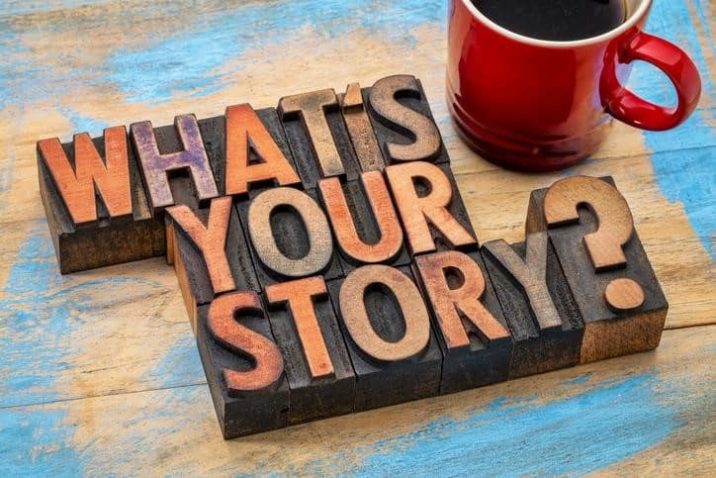Marketing is more than a series of commercials and print ads designed to get customers to purchase your goods or services. Good marketing strategies are capable of transporting a potential buyer on a journey that culminates in an almost tangible bond between the product/brand and the end user.
What Makes an Effective Story From a Marketing Perspective?
Some experts believe that the contemporary consumer is exposed to upwards of 5,000 advertisements each and every day. With such an incredible bombardment of visual and auditory stimuli, how can marketers possibly hope to make their message stick? The answer, and this is more easily said than done, is to reach and activate a part of the user’s brain that will retain the information.
Tell a story.
Think about it like this: how many times have you gotten into an elevator and had a mundane, forgettable conversation about the weather with another passenger? The answer is likely too many to count. Imagine that instead of talking about the weather, your fellow passenger told you about a raucous bachelor party they attended in Vegas over the weekend. Which conversation do you think would’ve most likely gotten your attention? Unless you’re a meteorologist, you’d probably be much more captivated by the latter. The reason is when people recount a relatable personal experience they had, the parts of our brains that we’d use if we experienced the same thing start lighting up like the Christmas tree in Rockefeller Center.
In a very real sense, the brain of the storyteller and that of the listener can in just a few short moments sync up, creating a bond through camaraderie, compassion, or inspiration.
There are three elements necessary to good storytelling and a fourth that’s unique to storytelling within a marketing framework: the setup, the conflict, the resolution, and the call to action. To be effective the call to action shouldn’t be overtly communicated, but rather it should grow organically and as a result of an emotional connection.
Storytelling Requires You to Gauge Your Audience
When telling a story to a friend or family member, you often adjust your storytelling based on perceived feedback. For example, most people can tell when a story they’re telling is making the listener uncomfortable, like it would if you were regaling your mother with escapades of your dating life – those tales you’d likely save for your network of close friends.
You probably also don’t tell every person you run into every story you know; you’re selective and deliberate, and choose specific stories for specific people that you anticipate will be well received. The same holds true for a brand that engages in storytelling.
In brand storytelling, a company listens to their audience and tells stories that appeal to the values and desires of their target market. As their demographics evolve, so too must there be a shift in the direction of the storytelling.
Storytelling at a Tradeshow
Sometimes, like at a tradeshow, conveying a story must be done using few to no words at all. Trade show displays must encapsulate the emotional bond you’re trying to establish with prospective buyers. To be effective, your display must inspire your audience to action – something that can very difficult indeed.
To simplify this process, talk to your long time customers and employees to see if they’ve got captivating stories about your brand. Identify aspects of your product or process that sets you apart from the rest. Attempt to visually capture testimonials you’ve received – the ones that tell how your product or brand positively impacted their life are best. Most importantly, be honest and genuine. Truth and struggle is an endearing quality capable of humanizing even the largest corporations.
In visual storytelling, simplicity is your friend – especially on the convention centre floor where quick interactions dominate. Consider this: your new product has 50 new features. They’re all great (maybe some more than others) and they’re all worthy of being discussed with people that happen upon your booth. Rather than trying to capture all 50 features into the trade show design, focus instead on the one feature that has generated the most buzz among your clients and how it will impact them on a personal level.
There’s no denying that storytelling is an art and when it comes to marketing, telling the wrong story can have negative consequences on your bottom line. Remember that everything and everyone has a story – the question is, which do you want to tell?




